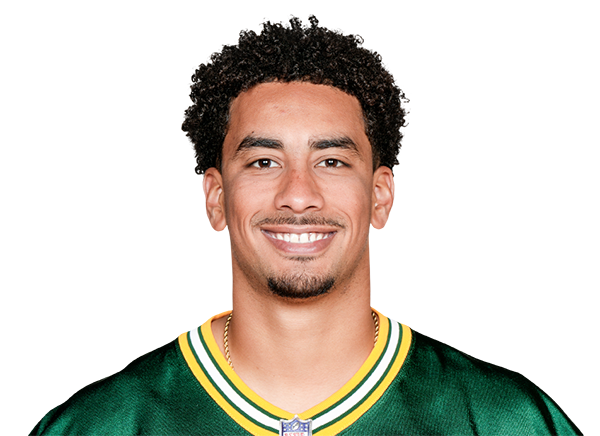Roughing the Kicker: A Study in Dynasty Profitability (Part Three)

In Part two, we learned that our profit margins in a winner heavy payout system are not quite as polarizing as we might assume and that there is a solid rate of income (ROI) if you are able to maintain reasonable win-rates. We also learned that the cliff isn’t quite as steep as expected in this format. We will analyze a different type of payout system that is designed to be a “slower burn” with an opportunity to see modest short-term gains. The thought with this payout system is that it will float more boats in your leagues to minimal losses.
Playoff Payout Heavy Model:
The playoff payout heavy model is a model I see used in many recreational leagues where players want reward just for making the playoffs. There’s no huge payout at the end of the rope, so winning isn’t necessarily everything. In these leagues playing consistently is what’s most important to overall success and profitability.
Again, we have taken out the $70 host fee in each of these scenarios so our ideal payouts that were listed in part 1 of this article are now things of the past. If you need a refresher on how to read my spreadsheet, please refer to Part 1.
I will be referring to each model here as PPH-1, PPH-2, etc…
[am4show have=’g1;’ guest_error=’sub_message’ user_error=’sub_message’ ]
PPH-1: 90% chance of making the playoffs each year. As in Part 1, this as a pipe-dream from a sustainability point. There are very few if any owners who can maintain this win-rate across multiple leagues.
I’ll refer back to some numbers from Part 2 of this series. We could maintain 11 years of profit after a 3-year window at this win-rate. This number has fallen to around 8 years and our so has our ROI. Even with these numbers falling, it looks pretty enticing for both our yearly winner and our punter. Once again, I view this as the maximum win-rate in this particular format.
PPH-2: X equals 75%
PPH-2 looks awfully similar to WH-2 which I found to be a bit surprising.
We still have roughly 5 years after our 3-year window of success to re-build to maintain our profit. Also, our punter isn’t hurting at all. I think it’s safe to say at this point that my hypothesis is proving incorrect. If you can even get a slightly longer term team out of a punted team, it appears to be worth it as long as you don’t give away your key assets that cost you the winning window you were originally punting for.
PPH-3: X equals 60%
We have essentially converged on the Winner Heavy model payout model. I won’t even comment on the numbers since I already did so in Part 2.
PPH-4: X equals 50% or you are 50/50 to make the playoffs:
Our ROI has climbed considerably from the Winner Heavy Model at the 50% point. This is consistent with what I assumed at the beginning of this segment. The Playoff Heavy Model take money from the top win-rates and gives it to the mediocre players. This is essentially the communism of dynasty payouts without all the vodka.
At a $50 buyin, our breakeven playoff rate comes at 46%. In $10, $25, $100, $250, and $10,000 leagues, our win-rates become 69%, 49%, 43%, 42%, and 42%, respectively. You’ll notice the necessary win-rate is not as high as in our winner heavy model, but again, this isn’t surprising as we are rewarding the middle of the pack of our league.
What “playoff payout heavy” means for people punting:
It doesn’t mean much! Actually, it would seem punting is just as viable in this format as it is in winner-heavy. If we can build a team that gets to a reasonable win-rate within 3 years, we start to make profit for a long time to come.
What PPH means for typical dynasty draft strategy:
These leagues reward amazing teams with mediocre returns. If you are playing a $50 PPH league, you will stand very little chance of Scrooge McDuck’ing into your swimming pool of coins (unless you are playing a million dollar buyin league). The better the fantasy owner, the more suited they are to playing in a winner-heavy payout format. You will maximize your long-term win-rate in winner heavy leagues.
This study is proving that the win-rates in the dynasty long-term can be fantastic in any format. The only strategy that appears to be truly invalid is one that involves apathy or endlessly churning your roster into “punt” mode.
In Part 4, I will discuss what we’ve learned through our study, and some of the things I learned that might not have been shown within this particular window of the analysis.
[/am4show]
- Rookie Profile: Patrick Mahomes, QB Texas Tech - April 26, 2017
- Rookie Profile: Isaiah Ford, WR Virginia Tech - April 21, 2017
- The Dynasty Value Impact of Suspension: A Josh Gordon Story - January 28, 2017




























































